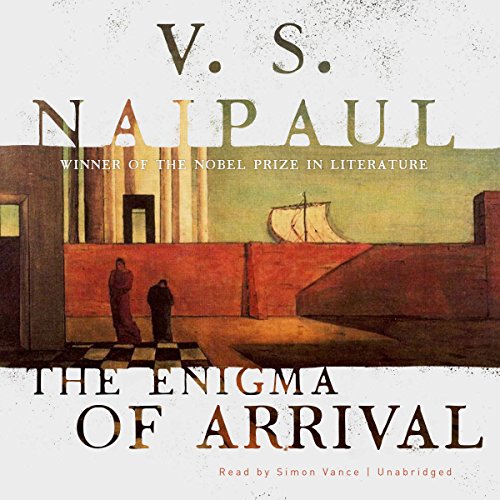What do you think?
Rate this book


Audiobook
First published January 1, 1987
That idea of ruin and dereliction, of out-of-placeness, was something I felt about myself, attached to myself: a man from another hemisphere, another background, coming to rest in middle life in the cottage of a half-neglected estate, an estate full of reminders of its Edwardian past, with few connections with the present. An oddity among the estates and big houses of the valley, and I a further oddity in its grounds. I felt unanchored and strange.
I lived not with the idea of decay – that idea I quickly shed – so much as with the idea of change. I lived with the idea of change, of flux, and learned, profoundly, not to grieve for it. I learned to dismiss this easy cause of so much human grief. Decay implied an ideal, a perfection in the past. But would I have cared to be in my cottage while the sixteen gardeners worked? When every growing plant aroused anxiety, every failure pain or criticism? Wasn’t the place now, for me, at its peak? Finding myself where I was, I thought – after the journey that had begun so long before – that I was blessed.